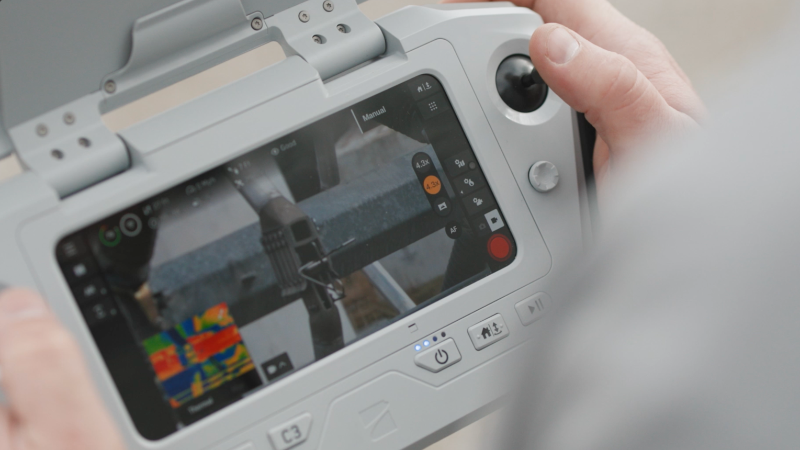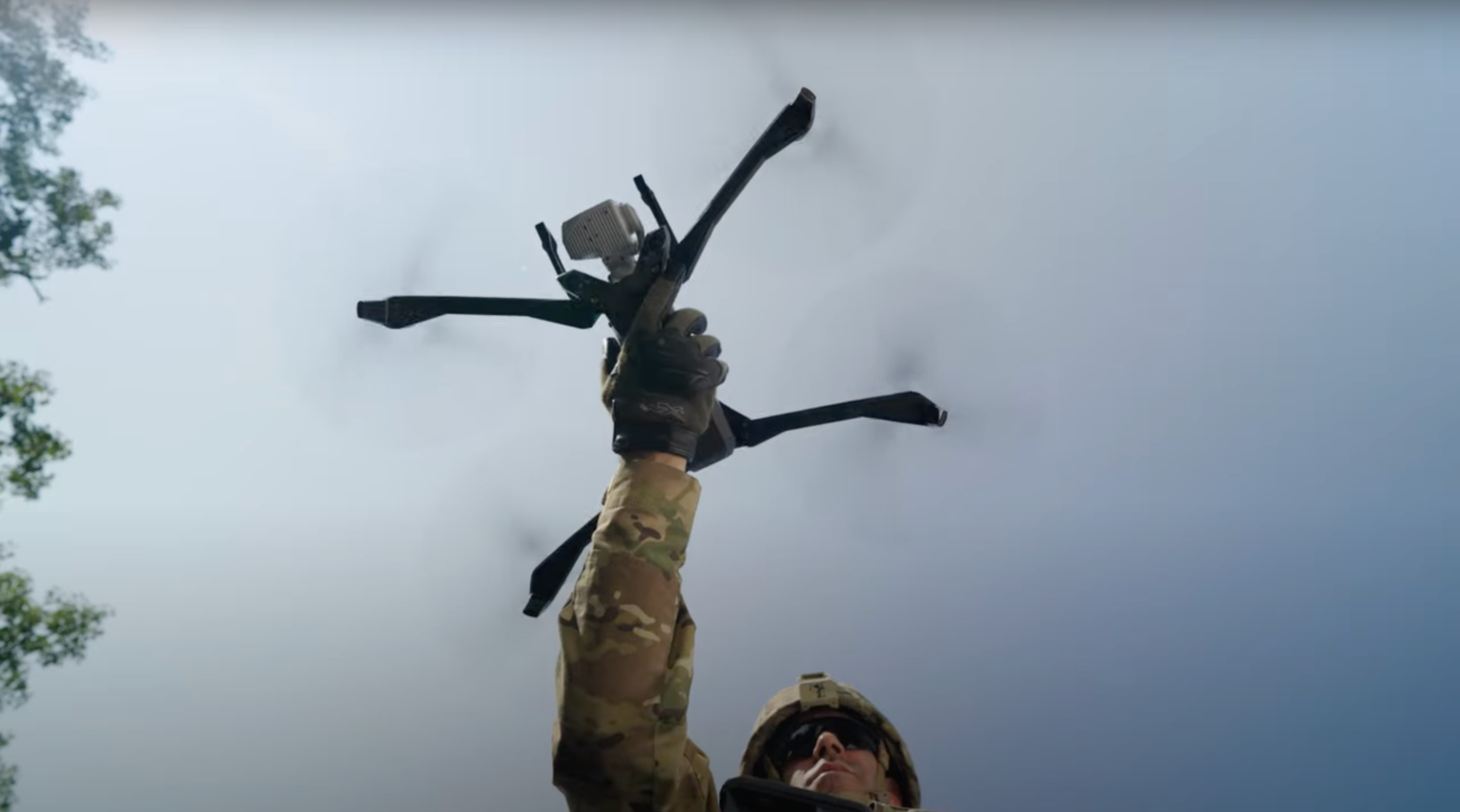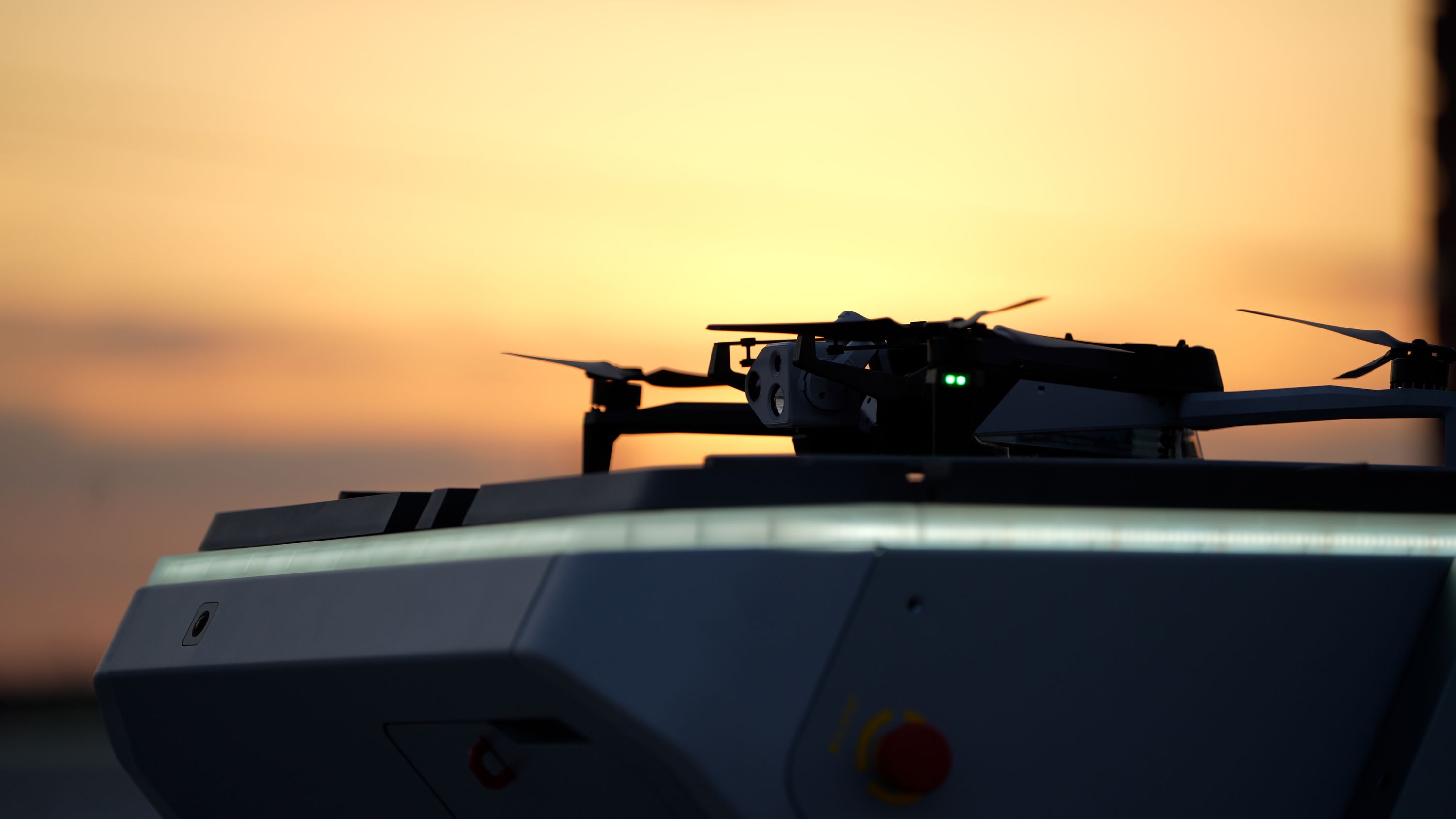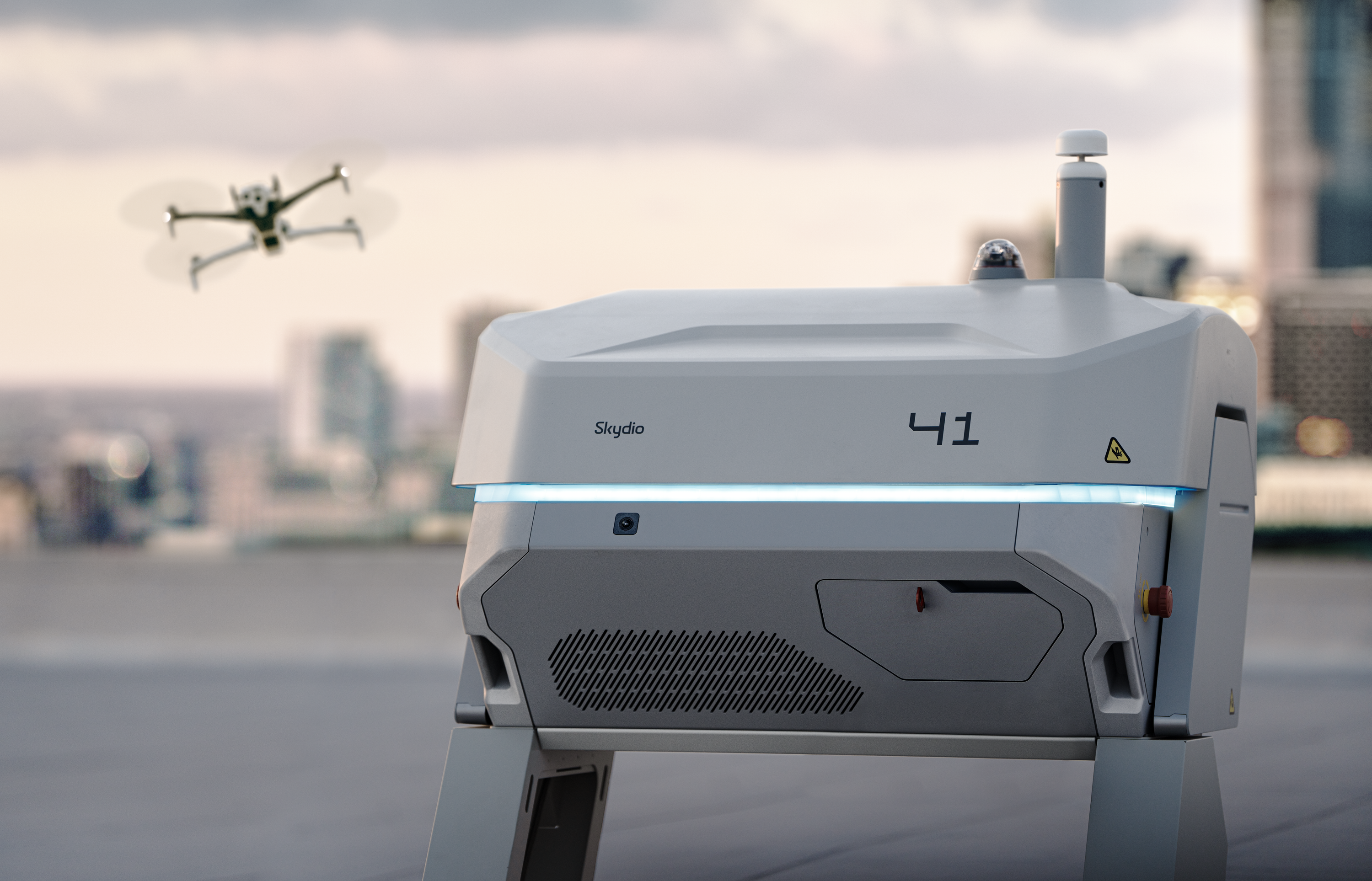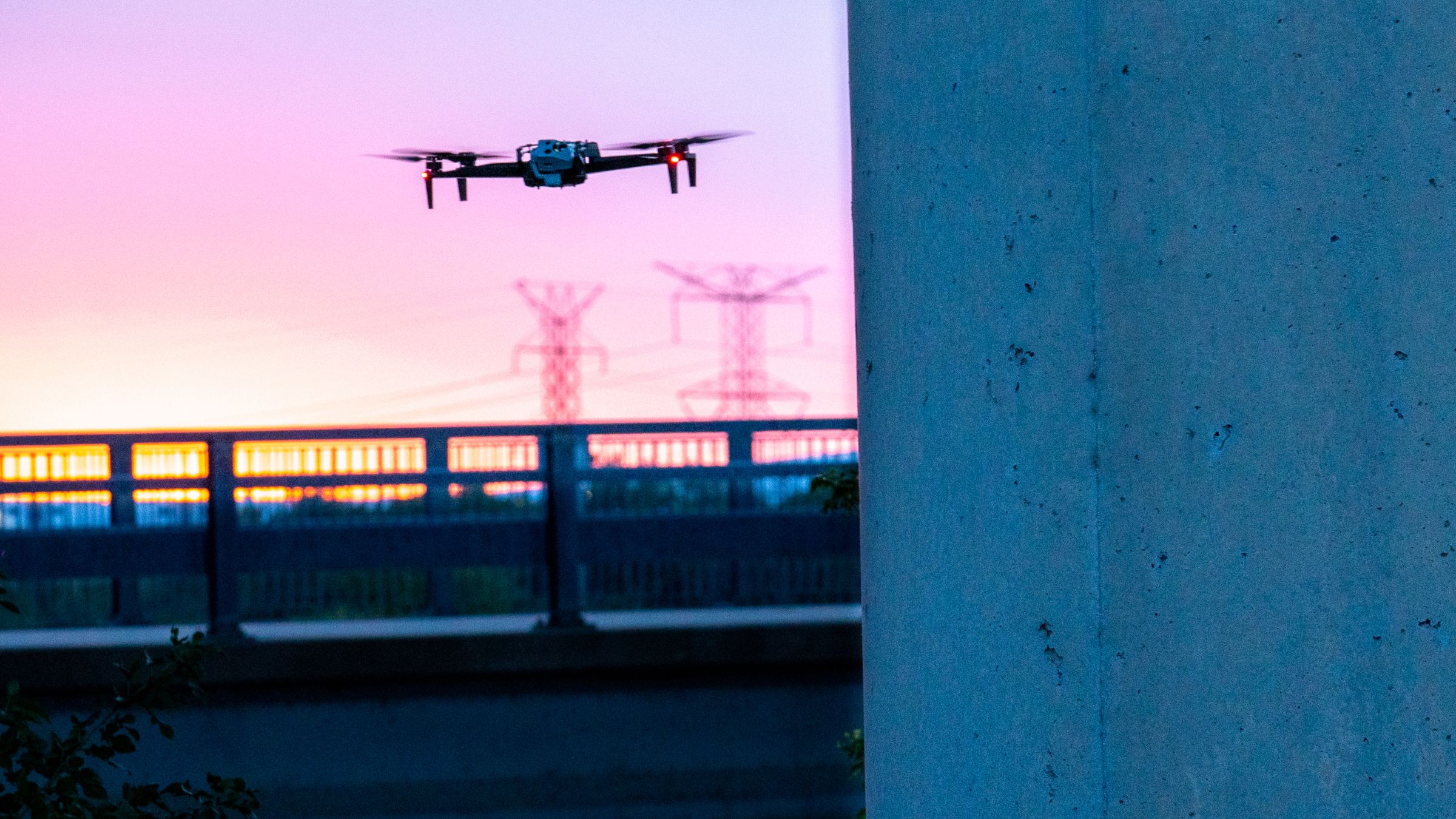Skydio's Call to Action to Mobile Network Operators: Enabling the Next Generation of Connected Drone Operations
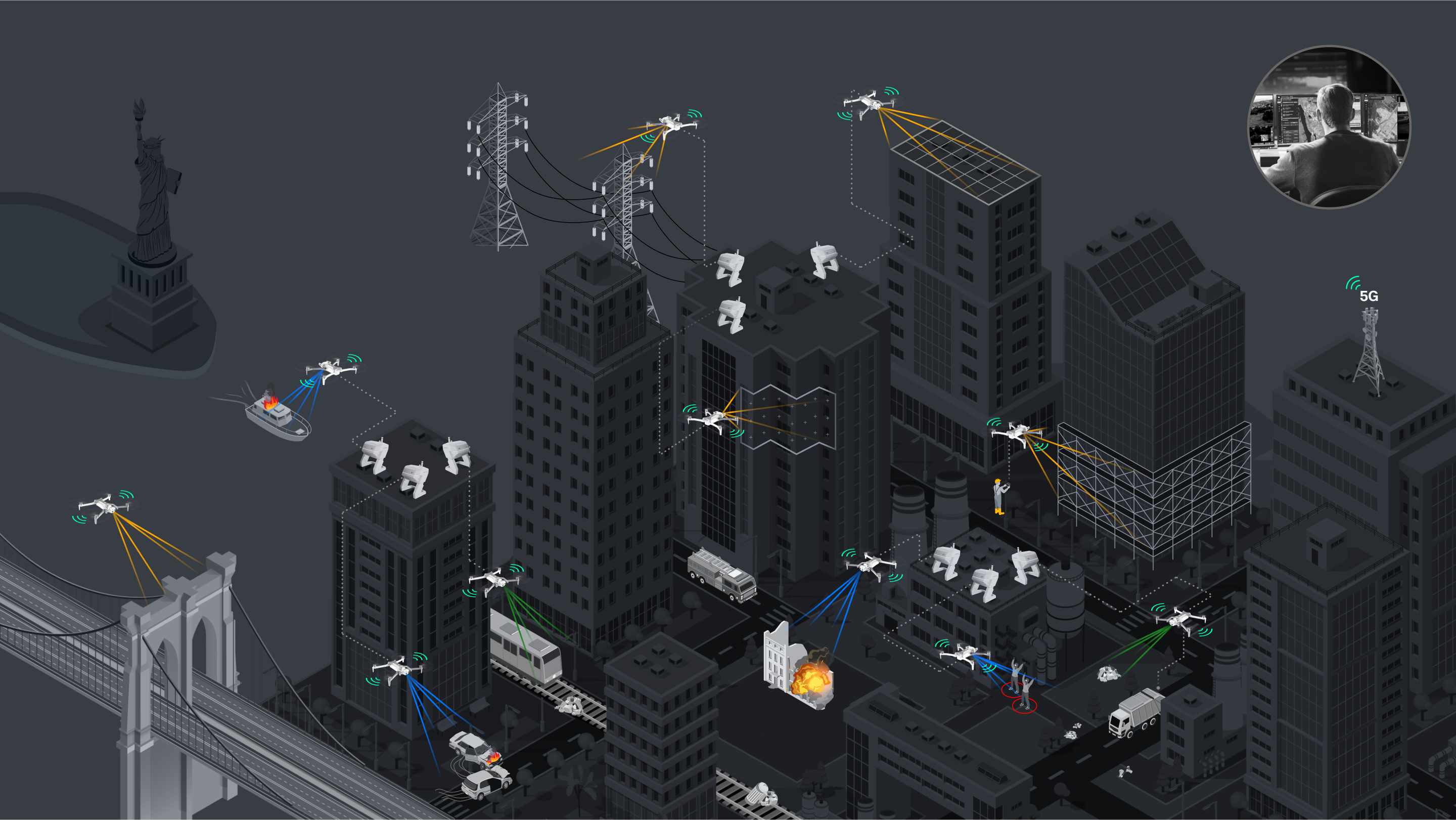
The drone era has arrived and it needs MNOs more than ever. In the U.S., police and fire agencies are sending drones to emergency calls for service, providing real-time situational awareness to first responders before they arrive. Known as Drone as First Responder (DFR), hundreds of cities - such as New York, San Francisco, Miami, and more - rely on these programs to keep communities safe. At the same time, energy utilities use Skydio drones for critical infrastructure inspection and disaster response, strengthening grid resilience. In Japan, KDDI and NTT Docomo have begun deploying Docks for the Skydio X10 across utilities, telecom, construction, and disaster response. LNG Canada recently launched the first docked drone deployment in Canada, using a custom thermal filter to monitor flare combustion at temperatures reaching 1,200°C.
Across these diverse applications, drones are deployed ahead of personnel to deliver real-time insights, reduce risk to human life, and improve operational efficiency.
Connectivity is a Critical Technology for Drones
Reliable connectivity is a key piece of technology to keep drones flying. To operate safely in dynamic and high-stakes environments, they require highly reliable, low-latency, and secure network access. Public safety agencies, national security organizations, and infrastructure operators need assurance that networks are consistent, accessible, and designed to meet their unique requirements. Mobile Network Operators (MNOs) are central to meeting this need — but doing so requires collaboration on global standards that make networks universally and reliably accessible.
Collaboration with GSMA: The Role of Network API Standards for Drones
To accelerate this progress, Skydio is working with GSMA, a global organization unifying the mobile ecosystem to discover, develop, and deliver innovation foundational to positive business environments and societal change. Together, we seek to ensure network API solutions are standardized according to the GSMA Open Gateway framework, leveraging CAMARA and TM Forum industry APIs. With GSMA’s leadership, we can enable cost-effective, globally scalable integrations while minimizing overhead for customers.
We invite mobile network operators (MNOs) to join this effort to establish open standards that deliver consistent, reliable connectivity for critical use cases worldwide. Through industry alignment, we can accelerate the safe adoption of drones as foundational infrastructure.
Why Mobile Networks Must Evolve
Skydio, as the leading U.S.-based drone manufacturer and world leader in autonomous flight, is calling on MNOs to recognize the unique and growing requirements of connected autonomous drones. The future of scalable, intelligent, and safe drone operations requires dynamic, optimized connectivity for critical functions.
We believe that prioritizing efforts to meet these requirements in the U.S., Canada, and Japan would be an important first step to unlock significant impact. We therefore respectfully request that mobile network operators in these countries make available aviation-authorized, multi-channeled Quality on Demand (QoD) APIs, enabling priority, programmable access to network resources for drone operations. This capability is a critical component to further enable safe and effective deployment at scale.
Such capabilities align with the GSMA Open Gateway initiative and will position MNOs to support high-value, safety-critical use cases that directly serve national priorities in emergency response, public safety, infrastructure resilience, and more.
Our specific requirements include:
- Prioritized C2 (Command & Control) link with different performances, for drone command and control traffic to ensure safe navigation, particularly in congested urban or high-risk environments.
- Prioritized uplink capacity for real-time video streaming, enabling first responders and operators to receive high-fidelity situational data.
- Dynamic network resource allocation based on population density and network participants, ensuring drones operating over populated or high-traffic areas retain mission-critical connectivity.
- Multi-channel separation to support differentiated Quality of Service depending on application (e.g., telemetry, command and control, payload, video) with tailored network performance needs.
- Network coverage tools to allow pre-flight and in-flight assessment of QoD availability and performance thresholds.
Timescales and Priorities
The time to act is now. By working together, drone manufacturers, MNOs, and regulators can ensure that mobile networks serve as the backbone of next-generation aerial operations. Together, we can protect communities, respond faster, and build the infrastructure needed to scale drones as infrastructure globally.

